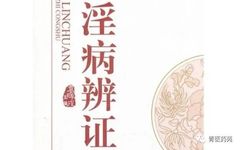
The Six Qi, also known as the Six Excesses (Liuxing), refers to the six external pathogenic factors: Wind (Feng), Cold (Han), Heat (Shu), Dampness (Shi), Dryness (Zao), and Fire (Huo). The changes in Yin and Yang, the alternation of Cold and Heat, and climatic variations all follow certain rules and limits. When climatic changes are abnormal, leading to excessive or insufficient Six Qi, or when these factors occur out of season, or when climatic changes are too abrupt, surpassing the body’s ability to adapt, diseases will arise. Thus, the Six Qi transform from being harmless to harmful, becoming pathogenic factors.
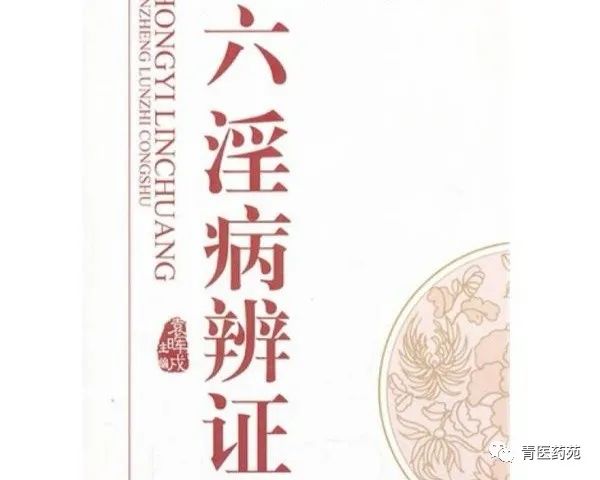
These are the six different climatic changes in nature, which generally do not cause disease. However, when there are abnormal climatic changes that exceed the body’s adaptive capacity, or when the body’s righteous Qi is insufficient and resistance decreases, leading to illness due to inability to adapt to climatic changes, the Six Qi then become the cause of disease. At this point, the Six Qi that cause disease are referred to as the Six Excesses (Liuxing).

(1) Wind Pathogen (Fengxie): The Wind pathogen is characterized by its formlessness and unpredictability. Diseases caused by Wind typically have an acute onset and rapid transmission. Wind invasion often manifests as facial muscle spasms and neck stiffness. Wind is present throughout the year and can affect both the exterior and interior of the body, often combining with other pathogens, hence the saying, “Wind is the chief of all diseases.”

(2) Cold Pathogen (Hanxie): Cold invasion can obstruct the flow of Qi, blood, and body fluids, leading to pain due to obstruction. For example, when Cold attacks the muscle surface, it can cause pain in the head, body, and limbs. Cold easily injures Yang Qi, leading to external pathogenic effects. Cold can cause symptoms such as chills and fever, nasal congestion, and clear nasal discharge; it can also damage the Spleen Yang, resulting in abdominal fullness, cold pain, vomiting, and diarrhea. Cold can cause Qi to contract and muscles to spasm.

(3) Damp Pathogen (Shixie): The Damp pathogen is characterized by heaviness and stickiness, often leading to symptoms such as a heavy head and body, sticky mouth, thick tongue coating, lower limb edema, eczema, cloudy urine, and constipation. The onset is insidious and can be difficult to resolve.

(4) Dryness Pathogen (Zaoxie): Common in autumn, it damages body fluids, leading to various symptoms of dryness, such as dry mouth and nose, dry throat, and dry, cracked skin. Additionally, dryness can harm the lungs and throat, resulting in cough with little phlegm, sticky phlegm, and throat irritation.

(5) Heat Pathogen (Shuxie): Heat is a Yang pathogen characterized by its hot nature. After invading the body, it can cause high fever, irritability, flushed face, excessive sweating, dizziness, and thirst. If combined with Dampness, it can lead to a feeling of heat without relief, fatigue in the limbs, chest tightness, nausea, and diarrhea.
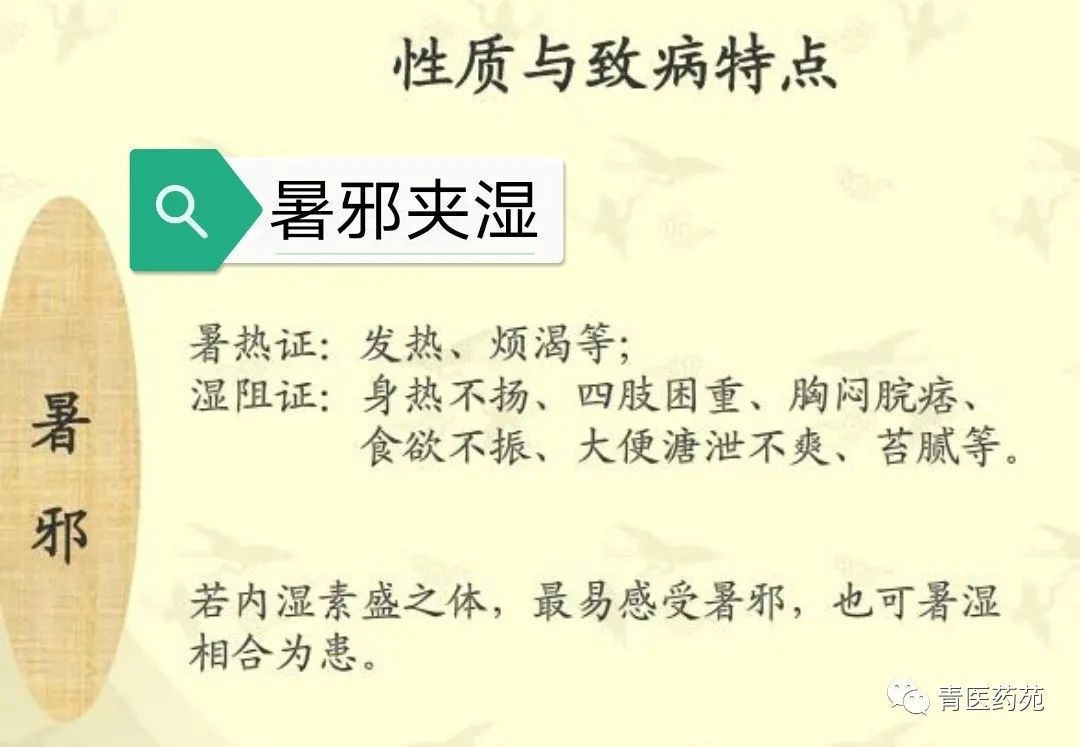
(6) Fire Pathogen (Huoxie): Fire is a Yang pathogen that tends to rise. Fire invasion can lead to symptoms such as red, swollen eyes, mouth sores, swollen gums, ear pain, purulent discharge, fever, sweating, dry mouth, and bitter taste, with weak breathing and low energy. Fire easily generates Wind and stirs the blood, leading to high fever, confusion, limb spasms, or bleeding from the mouth, urine, or stool, and can easily cause abscesses and sores.
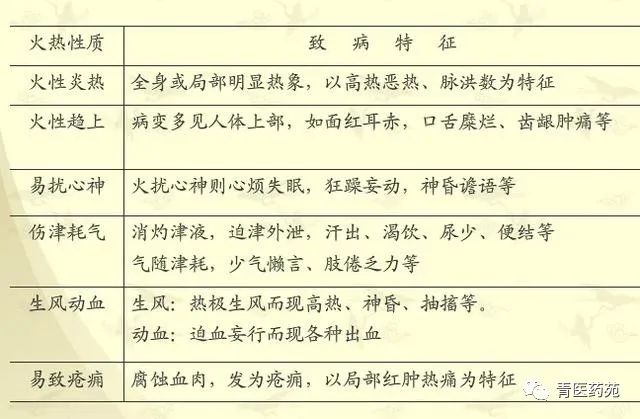
Common Characteristics of Diseases Caused by the Six Excesses
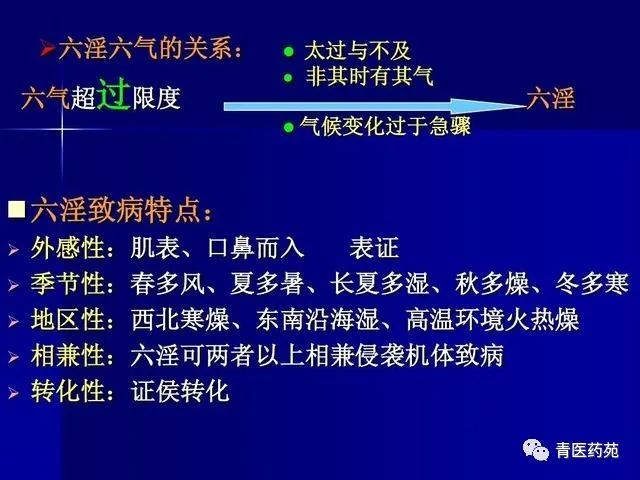
External Pathogenic: The Six Excesses invade primarily through the skin and respiratory tract, or both simultaneously. For instance, Wind, Cold, and Dampness can invade the skin, while Warm, Dry, and Heat can enter through the mouth and nose. Since the Six Excesses are external pathogenic factors, the diseases they cause are termed “external diseases.” Some external diseases may present with fever symptoms in the early stages, hence they are also referred to as “external febrile diseases.” Seasonal: The diseases caused by the Six Excesses often have distinct seasonal characteristics. For example, Wind diseases are more common in spring, Heat diseases in summer, Damp diseases in late summer, Dry diseases in autumn, and Cold diseases in winter. Due to the peculiarities of abnormal climatic changes, Cold diseases can also occur in summer, and Heat diseases can occur in winter. Regional: The diseases caused by the Six Excesses are closely related to the environmental conditions of living and working areas. For instance, the northwest region is prone to Dry diseases, the northeast to Cold diseases, and the Jiangnan region to Damp-Heat diseases. Prolonged exposure to damp environments can lead to Damp diseases, while those working in high-temperature environments may suffer from Dry-Heat or Fire diseases. Combined: The Six Excesses can cause disease either individually or in combination. For example, Wind-Heat colds, Summer-Damp colds, Damp-Heat diarrhea, and Wind-Cold-Damp bi syndrome. As stated in the “Su Wen: Bi Lun,” “When Wind, Cold, and Damp Qi mix, they combine to form Bi syndrome. If Wind predominates, it is called Xing Bi; if Cold predominates, it is called Tong Bi; if Damp predominates, it is called Zhuang Bi.” Additionally, the Six Excesses also exhibit the characteristic of disease transformation. For instance, a Cold pathogen can transform into a Heat syndrome if not treated properly.


